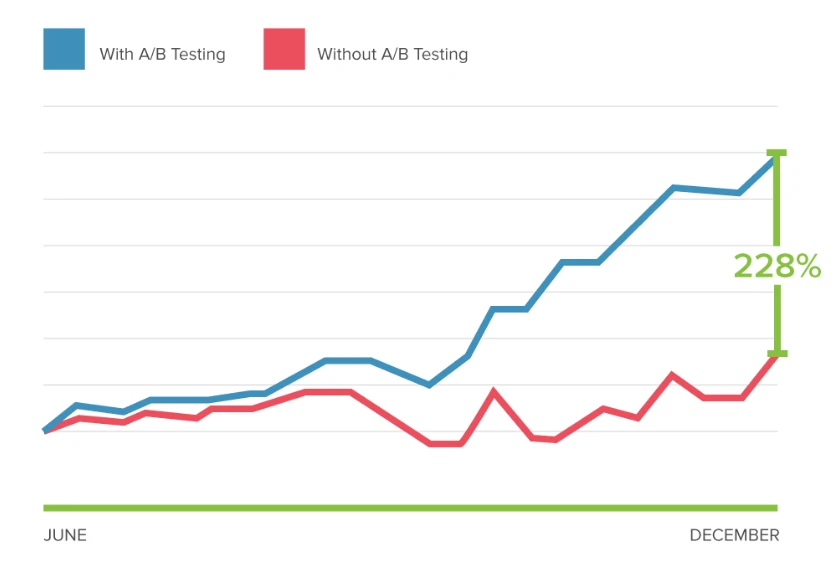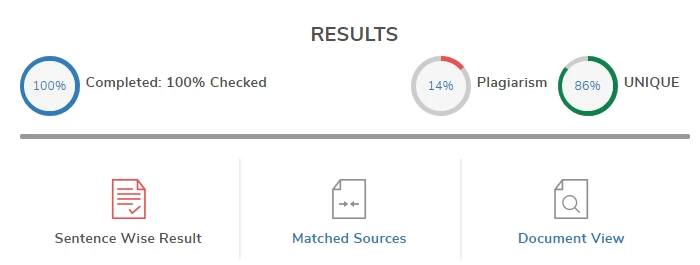8 Steps to Improve Your Content Creation
If you want to create good content, it’s all up to you. The difference between good and bad content is the time and work invested in the process. If you want to cut corners and create content quickly, you won’t get far.
Sure, you can have lots of content on your site but it will yield little results. In the long run, you will waste a lot of time and effort without achieving your goals. If you want to get leads, increase traffic, and boost your SEO, you will need good content – it’s as simple as that.
Today, we’re going to talk about eight practical steps you need to take to improve your content creation.
1. Start with a diverse content plan
People respond to different types of content. There isn’t a single formula that will always work with everyone. Even if you are limited to a single type of content, you can mix it up with a different structure. For example, if we are talking about blog posts, you have these options:
- Guides
- Infographic posts
- News
- Stories
- Case studies
- Interviews
- List blogs
Ideally, you should combine different content channels. Use different videos, podcasts, texts, photos, graphics, and so on. This way, your content won’t get “stale”, and you’ll be able to engage different kinds of people.
2. Testing is helpful
Content testing or usability testing is the process of testing your content and making sure it’s well-adjusted for your target audience. It’s a vital element of any content creation strategy, and it never stops, but a lot of content creators still don’t do any testing whatsoever. Here are some of the common tests:
A/B Testing
Simply publish different types of content and compare their metrics like sales or engagement. Test out different approaches, structures, words, phrases, and so on.
Create Surveys
You can use online surveys to see what type of content your audience likes. On the other hand, you can be more specific by asking them about the phrases and topics they like, and so on.
Test Usability
By creating tasks for your users with phrasing and different word use, you can test usability. If a piece of content describes product features, ask your audience to tell you what that content has told them and see how well they understand it.
3. Track, analyze and draw conclusions


Don’t mix up testing with tracking and analyzing. As soon as you release your first piece of content, you need to be on top of all the metrics relevant to your goals. Not all metrics are relevant, and some can even make you lose track.
Here are some of the general metrics that can shed light on how well your content is performing and help you draw conclusions on how to improve:
Traffic
Traffic is the first and most important because everything starts from it. You wouldn’t be able to get other metrics without it. It’s also the foundation of conversion and engagement.
Social shares
Social media is now more important than ever because it’s where people share content and talk about it. Shares will tell you how much your content has impacted readers/viewers.
Returning visitors
Returning visitors is a very important metric. It shows you that people are engaged with your content and are actually coming back for more. You can check this metric with Google Analytics.
Time on page
Time on a page can tell you how enjoyable a particular piece of content is to users. If people spend little time, you can analyze it to see what’s turning them away. If they spend a lot of time on that page, you can learn how to get similar results in the future.
4. Look to influencers for inspiration
Creating content is not just technical but also creative work. Sometimes you will just run out of ideas, which is completely normal and happens to everyone. In this situation, you should take a break and become a consumer for a moment.
Watch your favorite content creators. Enjoy their content and see how they are coming up with interesting solutions for their audiences. It’s an easy way to get the inspiration you need.
5. Go for originality

Originality is very important for your readers and Google. If you have copied content on your site, you will be penalized by Google, and this is something you don’t want to happen. At the same time, if you create similar content to someone else, people won’t be interested.
Just because it’s not copied literally doesn’t mean it’s original. You need to come up with something of your own to be exciting and attract traffic. If not in terms of new information and topics, then at least try and have your own unique take on a certain subject.
6. Optimize for SEO but write for people
Both SEO and readers are important. When you are creating your content, you should always look to tend to both. Proper optimization will help you boost SEO rankings, while good writing will make people engaged with your content and keep them coming back for more.
For SEO optimization, you need to work on these aspects of your content:
- Keyword research and density
- Headlines
- Meta tag and description
- Links
At the same time, you need to combine quality writing with sound optimization tactics. Work on your storytelling, humor, writing style, add trivia, provocation, and do your research before creating content.
7. Neat tricks to help you create better blog posts
Very few people are born with true writing talent, and even they need to practice for hours upon hours to get really good. Writing for the internet has its own unique set of rules, so being a great wordsmith will only get you so far. Here are a few things you need to know before you can make killer blog posts:
Titles
Titles are important both for SEO reasons and for attracting readers. Make sure that your title is 50 to 60 characters long to make it easier for Google to crawl it, while making it short enough for readers to read at a quick glance. Your main keyword should also be in the title.
It needs to be relevant to the subject and indicate what the content contains. Your title needs to be compelling, readable, and have an emotional impact. That’s how it can attract attention and make someone click on your post.
Multimedia
We said at the beginning that you need to mix it up with different types of content. With blogs, you can write text, add infographics, create graphics, include photos, or embed videos. And if you want to level up the visuals, you can easily enhance your images using AI-powered photo-editing tools before uploading them. You can even include quizzes or other interactive elements to make the experience more versatile and keep things fresh.
No matter how hard you try, your regular followers will catch on and anticipate what kind of content you will create. Different content types can keep their experience fresh.
Value
To provide value with your content, you need to be transparent. Talk about everything honestly to gain trust with your audience. Create content that teaches your readers or viewers important lessons. Give them the knowledge they need and share your findings.
All of the content you create should have teachable value. Even those simple stories of how you went out and made a deal with a contractor can be enlightening for someone who hasn’t had the same experience.
Gated content
Gated content is restricted and can be accessed only by visitors who fill out your form. You can have gated content in the form of whitepapers, videos, articles, blog posts, and so on. When you have an engaged audience, gated content can be used to provide exclusive value to readers.
At the same time, you will be able to gather valuable leads. You decide what the form will require – it can require an email only or ask for name, address, job, education, etc. Make a special effort to create high-value content before you make it gated.
8. Social media best practices
Social media is a powerful tool that can help you distribute content and reach more people. However, you can actually use it to improve your content and provide even more value. Social media and content are connected, and they can be used together for greater success.
First of all, all social networks today have analytics tools that you can use to learn about your audience. All this information can help you create better content and market it more effectively. Learn when your audience is active the most, what type of content they like, what they share and how, and which brands they interact with.
Social media is also a useful listening tool where you can see who is mentioning a brand and in what context. You can keep up with the latest industry events, trends, and track your competition. Use a social media monitoring tool to do this and get inspiration for your next piece of content.
Conclusion
It’s not easy to write great content, but it’s worth it. However, if you try to create content about something you love, it will be much easier for you. At the same time, when you are genuinely interested in a topic, people will be able to feel that passion through your content.
Good luck, and keep up the hard work!
Ogi is the founder of FirstSiteGuide.com. On his website, he is trying to help people build a successful online business with the right mix of skills. Besides his online tutoring, he really enjoys doing offline activities, such as mount biking and dog walking.
